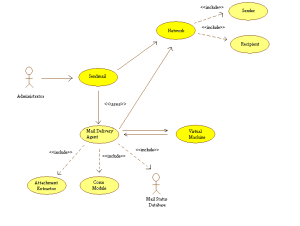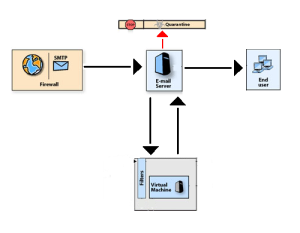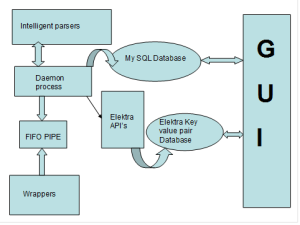Sequencing Framework for SCORM Content
Problem Definition
The purpose of this Sequencing Framework for SCORM Content project is to develop a framework for sequencing SCORM content obtained from multiple existing courses. The author uses the pick and chooses capability to do the same.
Technology Used
- Java, XML
Platform Used
- Windows
Software and Hardware Requirements
- OS Windows
- Microsoft VC++ 6.0 package
- Sound and LAN card drivers
- Minimum 200MHz Pentium PC
- 64 MB RAM
Project Description
The aim of our Sequencing Framework for SCORM Content project is to design a SCORM compliant framework in order to structure and sequence the course content obtained from a pre-existing content generator or from existing multiple courses and provide it to an existing LMS to create a customized course.
Sequencing Framework Working
Every course has an imsmanifest.xml file at its root which describes the organization, metadata and the resources, which in turn describe the various assets and their hierarchical arrangement in the package. In order to create a new course we have to either alter the existing course structure (in case of a single course) or create an altogether new course structure by pick and choose ability. The GUI enables the author to open content from various courses and display it as a Jtree, which can be then manipulated with using the Java Drag and Drop API. The Jtree is internally saved as a DOM tree, which helps in treating the XML elements as objects. The changes being made are actually being mapped to this DOM tree. Now this DOM tree is again converted to XML and saved at the root of the new package.
Implementation of Project
The algorithm followed by us for the implementation of the project can be described with the help of the following modules:
XML to Jtree
In this module, the XML document is represented as a JTree which is the JAVA equivalent of the Tree model. It represents the XML file as a collapsible tree structure.
XML to DOM
In this module every element of the XML file is treated as an object in the memory which can be subjected to manipulation using various functions provided. The manipulations thus made can be saved to create an altogether new document structure.
Manipulation of the JTree using Drag and drop API
The Drag and Drop API of Java is used to allow the author to pick and choose the course content and drop it in the area for the new course. This API provides the necessary classes and interfaces to implement the same
Mapping the manipulations to the DOM tree
The manipulations are directly made to the JTree, which have to be mapped to the DOM tree, so that actual changes take place in the objects of the DOM tree. Here we use the class DOMTreeFull to do the same.
DOM to XML
Finally the new DOM tree is again converted into XML. This document is then saved at the root of the new course package.




